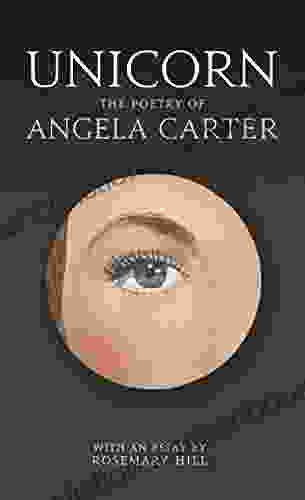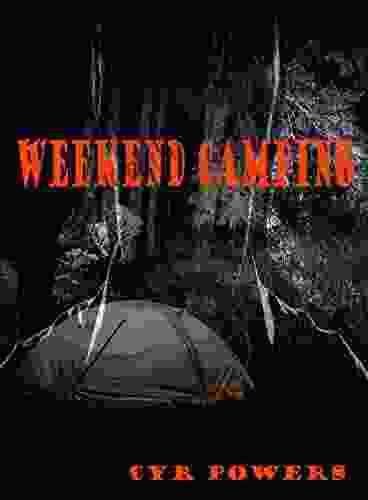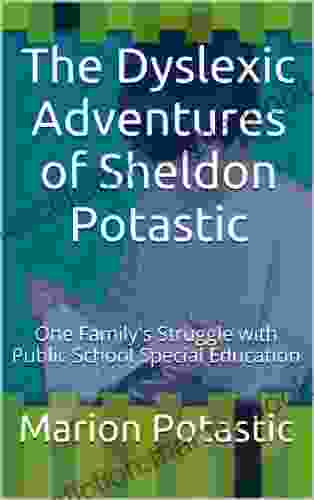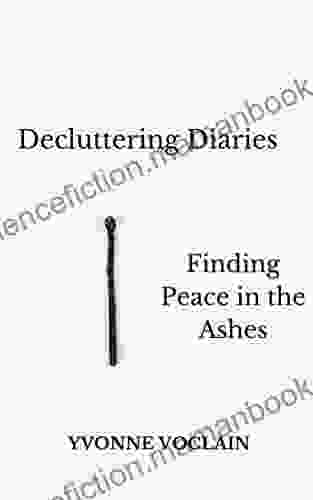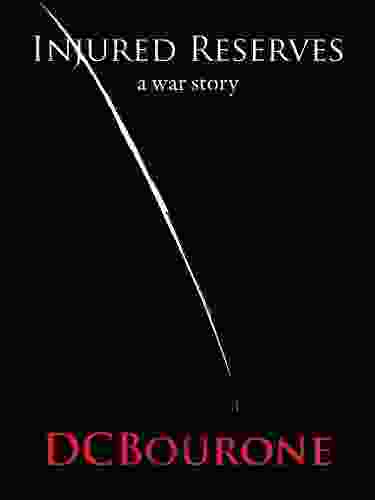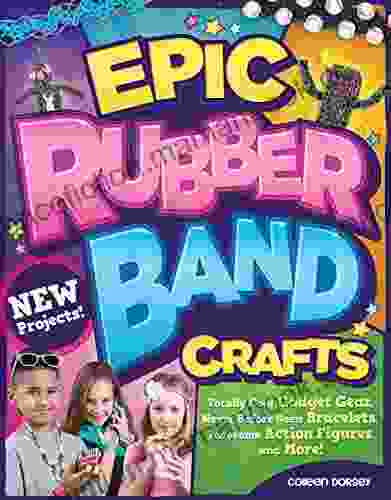Unicorn: The Poetry of Angela Carter

Angela Carter's poetry is a rich and complex exploration of the female experience, combining elements of fantasy, myth, and the grotesque. This article examines the use of the unicorn as a symbol in Carter's work, exploring its significance as a representation of female power, desire, and the search for identity.
4 out of 5
| Language | : | English |
| File size | : | 295 KB |
| Text-to-Speech | : | Enabled |
| Screen Reader | : | Supported |
| Enhanced typesetting | : | Enabled |
| Word Wise | : | Enabled |
| Print length | : | 128 pages |
The Unicorn as a Symbol of Female Power
The unicorn is a powerful and majestic creature, and in Carter's work it is often associated with female power. In her poem "Unicorn," the speaker identifies with the unicorn, describing herself as "a creature of the moon" with "a silver horn." The unicorn's horn is a symbol of its power, and the speaker uses it to defend herself against the threats of the world.
In another poem, "The Lady of the House of Love," the unicorn is a symbol of the female libido. The speaker describes the unicorn as "a creature of desire," and she uses it to express her own sexual desires. The unicorn is a powerful and dangerous creature, but it is also a beautiful and desirable one. Carter's use of the unicorn as a symbol of female power and desire challenges traditional notions of femininity.
The Unicorn as a Symbol of Female Identity
The unicorn is also a symbol of female identity. In her poem "The Unicorn Tapestries," Carter describes the unicorn as a creature that is both real and imagined. The unicorn is a part of the natural world, but it is also a creature of myth and legend. In this way, the unicorn represents the dual nature of female identity.
Women are both real and imagined. They are part of the natural world, but they are also part of the cultural world. They are subject to the same laws of nature as men, but they are also subject to the social and cultural expectations that are placed on them. Carter's use of the unicorn as a symbol of female identity explores the complex and multifaceted nature of what it means to be a woman.
The Unicorn as a Symbol of the Search for Identity
The unicorn is also a symbol of the search for identity. In her poem "The Unicorn in the Garden," Carter describes the unicorn as a creature that is both lost and found. The unicorn is lost in the garden, but it is also found by the speaker. In this way, the unicorn represents the speaker's own search for identity.
The speaker of the poem is a young woman who is trying to find her place in the world. She is lost and confused, but she is also determined to find her own unique identity. The unicorn represents the speaker's hopes and dreams for the future. It is a symbol of her own potential and her own strength.
The unicorn is a powerful and complex symbol in Angela Carter's poetry. It is a representation of female power, desire, and the search for identity. Carter's use of the unicorn challenges traditional notions of femininity and explores the complex and multifaceted nature of what it means to be a woman.
4 out of 5
| Language | : | English |
| File size | : | 295 KB |
| Text-to-Speech | : | Enabled |
| Screen Reader | : | Supported |
| Enhanced typesetting | : | Enabled |
| Word Wise | : | Enabled |
| Print length | : | 128 pages |
Do you want to contribute by writing guest posts on this blog?
Please contact us and send us a resume of previous articles that you have written.
 Top Book
Top Book Novel
Novel Fiction
Fiction Nonfiction
Nonfiction Literature
Literature Paperback
Paperback Hardcover
Hardcover E-book
E-book Audiobook
Audiobook Bestseller
Bestseller Classic
Classic Mystery
Mystery Thriller
Thriller Romance
Romance Fantasy
Fantasy Science Fiction
Science Fiction Biography
Biography Memoir
Memoir Autobiography
Autobiography Poetry
Poetry Drama
Drama Historical Fiction
Historical Fiction Self-help
Self-help Young Adult
Young Adult Childrens Books
Childrens Books Graphic Novel
Graphic Novel Anthology
Anthology Series
Series Encyclopedia
Encyclopedia Reference
Reference Guidebook
Guidebook Textbook
Textbook Workbook
Workbook Journal
Journal Diary
Diary Manuscript
Manuscript Folio
Folio Pulp Fiction
Pulp Fiction Short Stories
Short Stories Fairy Tales
Fairy Tales Fables
Fables Mythology
Mythology Philosophy
Philosophy Religion
Religion Spirituality
Spirituality Essays
Essays Critique
Critique Commentary
Commentary Glossary
Glossary Bibliography
Bibliography Index
Index Table of Contents
Table of Contents Preface
Preface Introduction
Introduction Foreword
Foreword Afterword
Afterword Appendices
Appendices Annotations
Annotations Footnotes
Footnotes Epilogue
Epilogue Prologue
Prologue Chris Wiltz
Chris Wiltz Rick Rodgers
Rick Rodgers Oksana Zinchenko
Oksana Zinchenko Jim Norton
Jim Norton Selina Tusitala Marsh
Selina Tusitala Marsh Chris Thomerson
Chris Thomerson Patrick C Harrison Iii
Patrick C Harrison Iii Nicole A Taylor
Nicole A Taylor Greg Jameson
Greg Jameson Keiko Kitamura
Keiko Kitamura Bob Aldrich
Bob Aldrich Stewart Smith
Stewart Smith Ian Lord
Ian Lord Daniel Platt
Daniel Platt Edward Ruadh Butler
Edward Ruadh Butler Keith Robinson
Keith Robinson Martin Puchner
Martin Puchner Serena Wolf
Serena Wolf Angie Hockman
Angie Hockman Keith E Sparks Jr
Keith E Sparks Jr
Light bulbAdvertise smarter! Our strategic ad space ensures maximum exposure. Reserve your spot today!
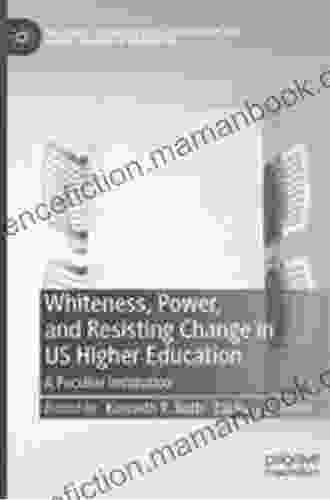
 Julian PowellUnveiling the Peculiar Institution: Palgrave Studies in Race Inequality and...
Julian PowellUnveiling the Peculiar Institution: Palgrave Studies in Race Inequality and... Garrett PowellFollow ·6.8k
Garrett PowellFollow ·6.8k Jessie CoxFollow ·4k
Jessie CoxFollow ·4k Samuel Taylor ColeridgeFollow ·5.7k
Samuel Taylor ColeridgeFollow ·5.7k Eli BrooksFollow ·14.1k
Eli BrooksFollow ·14.1k Harold PowellFollow ·10.5k
Harold PowellFollow ·10.5k Jett PowellFollow ·12.6k
Jett PowellFollow ·12.6k Tony CarterFollow ·5.3k
Tony CarterFollow ·5.3k Aleksandr PushkinFollow ·11.2k
Aleksandr PushkinFollow ·11.2k
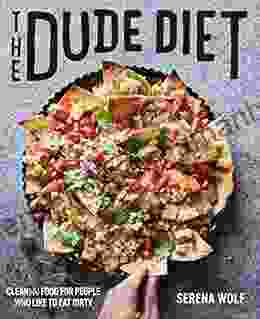
 Ashton Reed
Ashton ReedClean(ish) Food for People Who Like to Eat Dirty
By: [Your Name] Are...
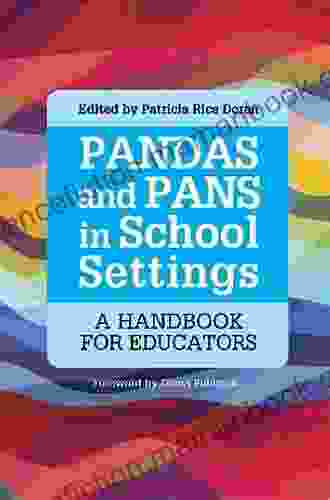
 Ronald Simmons
Ronald SimmonsThe Handbook for Educators: A Comprehensive Guide to...
The Handbook for...

 Derrick Hughes
Derrick HughesAny Place Hang My Hat: A Hauntingly Beautiful Novel by...
A Masterpiece of...
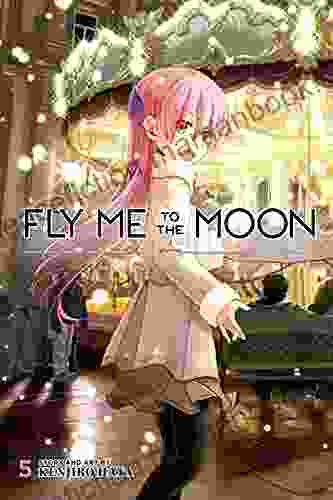
 Adrien Blair
Adrien BlairFly Me to the Moon Vol. 5: A Lunar Odyssey through...
In the vast...
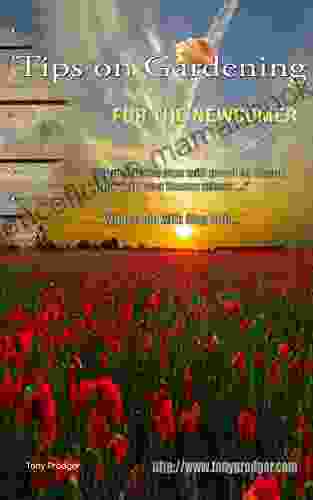
 William Powell
William PowellTips By Gardeners On Variety Of Subjects
Gardening...
4 out of 5
| Language | : | English |
| File size | : | 295 KB |
| Text-to-Speech | : | Enabled |
| Screen Reader | : | Supported |
| Enhanced typesetting | : | Enabled |
| Word Wise | : | Enabled |
| Print length | : | 128 pages |


